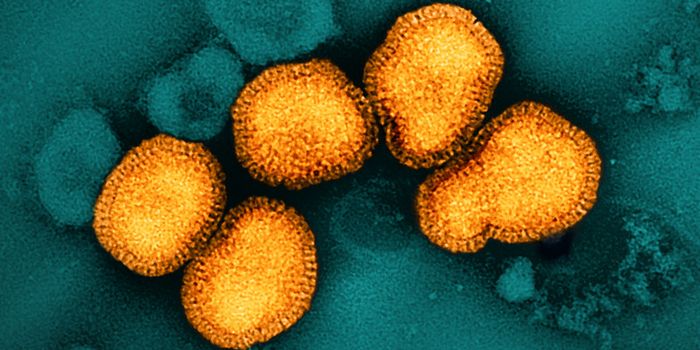Arthritis Medication Resolves Previously Untreatable Skin Condition
Bumpy, inflamed, ring-shaped lesions on the skin—granuloma annulare (GA) is a chronic, inflammatory skin condition with no treatment options. For patients with particularly severe forms of the disease, this can take a toll on their quality of life. Unfortunately, until now, the triggers of this skin condition and ways to treat it have remained a mystery.
Researchers from Yale have recently made a breakthrough in the field in a study that outlines the underlying causes of the disease and a potential therapeutic strategy for alleviating its symptoms.
“The condition hasn’t been thoroughly investigated using newer approaches until now because it’s often considered mostly a cosmetic issue,” said dermatology expert William Damsky who led the study, which was published in the Journal of Allergy and Clinical Immunology.
Damsky and colleagues studied GA patients with lesions that covered around half their bodies. They isolated individual skin cells from these lesions and used single-cell RNA sequencing methods to map their genetic profiles. The scientists observed that the cytokines interferon gamma and oncostatin M were involved in setting off inflammatory cascades in skin cells called fibroblasts. These cells form the connective tissue in skin and tendons, giving skin its strength by secreting a protein called collagen. In GA, fibroblasts were found to be in an altered, chronically activated state due to the elevated inflammation.
“We now better understand the signals [the aforementioned cytokines] that lead to the disorder and can choose medications more likely to be effective,” Damsky said.
By leveraging the new role these cytokines play in sparking inflammation, the team tested an anti-inflammatory treatment called tofacitinib. The drug, approved for rheumatoid arthritis treatment, was found to clear up GA lesions in patients who had struggled with the condition for years. Three of the patients saw a complete resolution of the disease after treatment.
“The improvement has been life-changing,” commented Damsky. “Patients can now feel good about wearing shorts and short-sleeved shirts in public, things most of us take for granted.” Trials to test the potential of the drug in larger cohorts of GA patients are in the works.
“We showed that there is a very viable treatment approach for patients with this disorder,” added Damsky.
Sources: Yale News, Journal of Allergy, and Clinical Immunology.









